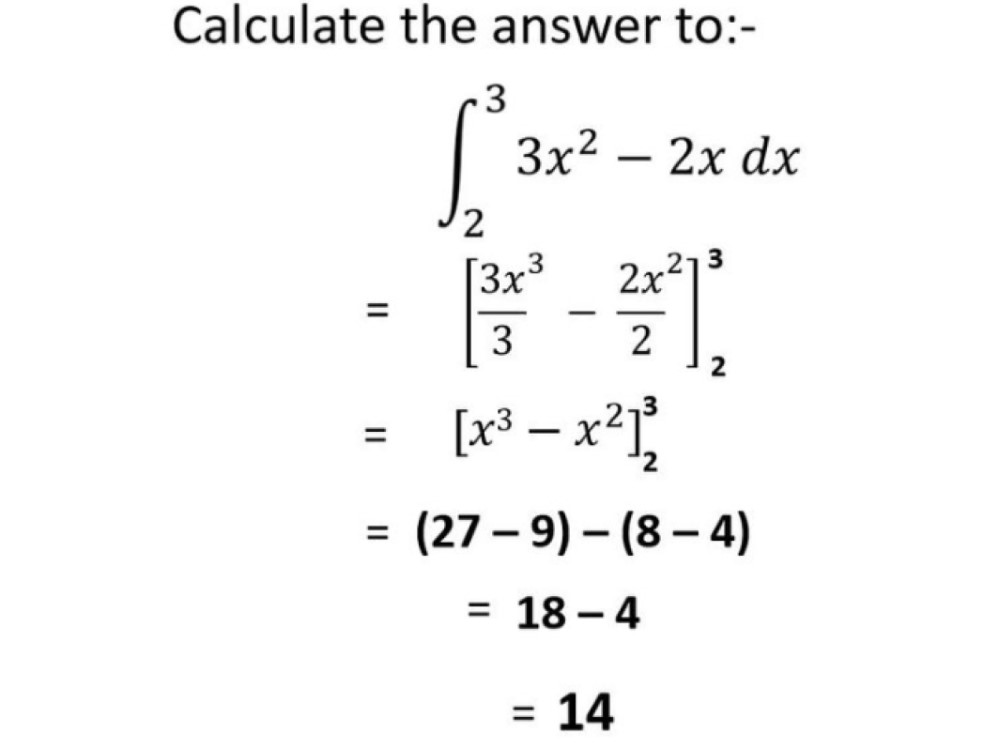

Therefore, the question mark in the equation d(?)/dx = x 2 is equal to x 3/3 + C, where C is the integration constant. We add the integration constant to all indefinite integrals in calculus. So, the derivative of x 3/3 is equal to x 2. To get the derivative equal to x 2, we divide x 3 by 3. Using this formula, we know that the derivative of x 3 is equal to 3x 2. Using the power rule of differentiation, we know that d(x n)/dx = nx n-1. So, we need to find the question mark in the equation d(?)/dx = x 2. To determine the integration of x^2, we need to find the function whose derivative is equal to x 2.

The integration of x 2 is equal to x 3/3 + C. Integration of x^2 Using Integration by Parts We will also solve examples and determine integrals of functions involving x 2 for a better understanding of the concept. Let us calculate the integration of x 2 using different methods of integration including the integration by parts method and power rule method of integration. The formula for the integral of x 2 is written as ∫x 2 dx = x 3/3 + C. We can calculate this integral using the power rule of integration. To determine the integration of x^2 (that is, integral of x 2), we need to find an arbitrary function whose derivative is x 2. Integration is the reverse process of differentiation and that is why it is also called the process of antidifferentiation.

As we proceed with the evaluation of the integral of x^2, let us recall the meaning of integration.

The integration of x^2 is equal to x 3/3 + C, where C is the constant of integration.


 0 kommentar(er)
0 kommentar(er)
